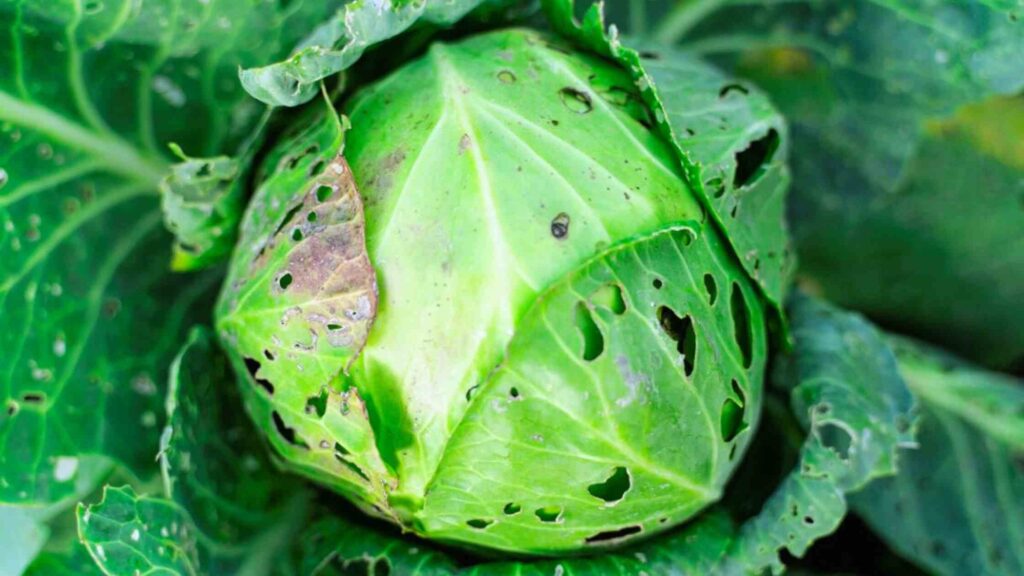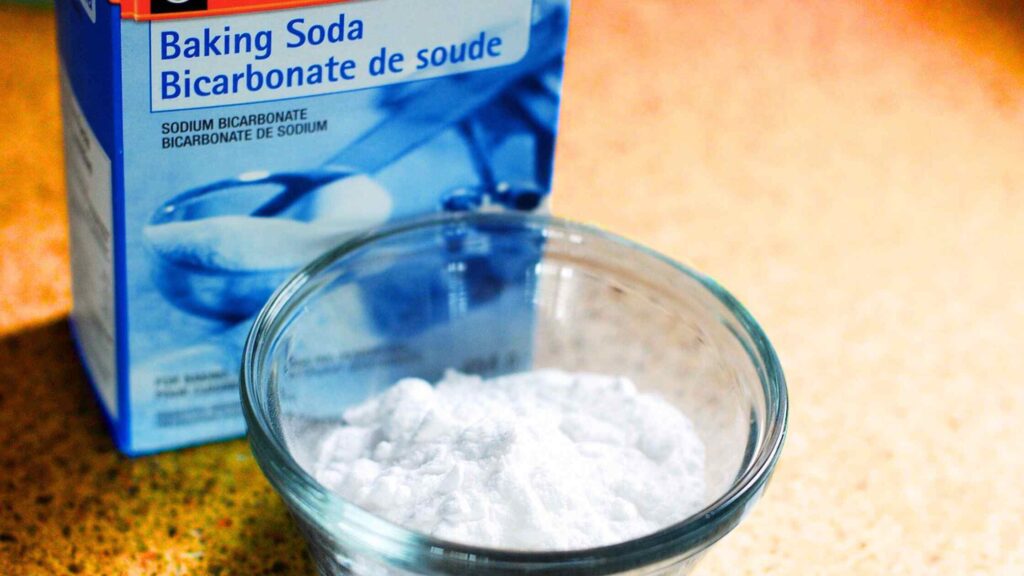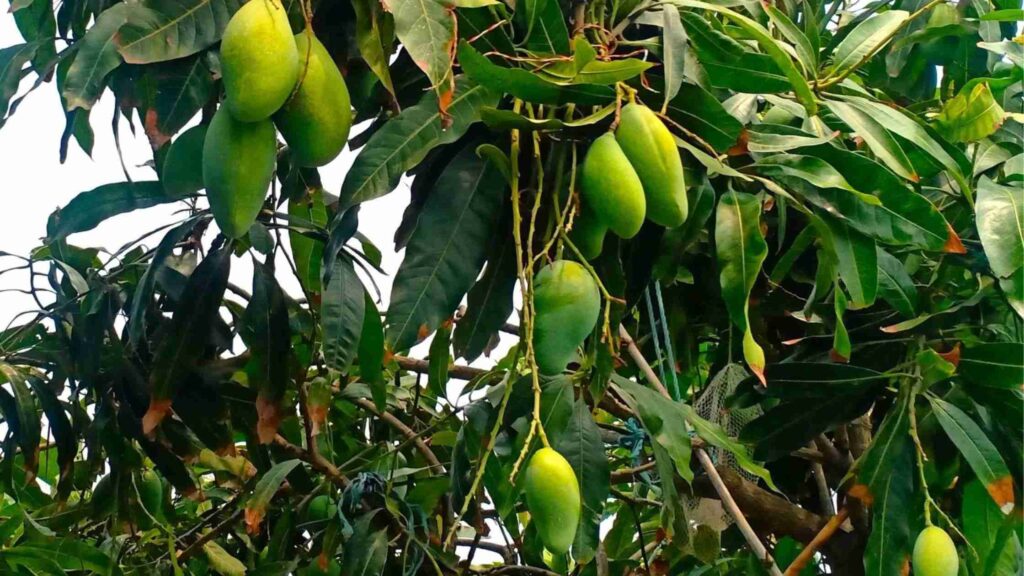Now, I will discuss how a solution of baking soda works and the methods to safely use it in your garden. I will explore how to use baking soda in roof garden or sodium bicarbonate, in the garden as an effective treatment against aphids, whiteflies, thrips, caterpillars, and spider mites, as well as for preventing fungal outbreaks such as powdery mildew.
What is Baking Soda?
Baking soda, a natural chemical compound, consists of one sodium atom, one hydrogen atom, one carbon atom, and three oxygen atoms. As gardeners, it’s important to understand two key aspects of baking soda’s chemistry: it is a salt and terrestrial plants generally cannot tolerate high levels of salt. In high concentrations, sodium bicarbonate can be toxic to these plants.
Additionally, baking soda has a high alkaline content, which can increase the alkalinity of your soil or growing medium. Despite this, baking soda is commonly used for cleaning, deodorizing, and baking, making it readily available in food stores. It is not a manufactured chemical or poison, as it naturally occurs in the mineral nahcolite.
How Does Baking Soda Work?
When pests like spider mites consume baking soda, it releases fatal quantities of carbon dioxide, acting quickly and effectively to eliminate them. However, baking soda alone is not a miracle solution—it must be ingested by the pests to be effective.
Maintaining a healthy garden requires a complex balance of minerals, nutrients, water, air, and soil—a delicate equilibrium of biology and chemistry both above and below ground. When this balance is disturbed, issues such as pests, including aphids, spider mites, whiteflies, and thrips, can arise.
A strong, healthy garden can naturally fend off most insects and pests with minimal intervention. Nonetheless, when used appropriately, baking soda can be an effective treatment for both fungal outbreaks and pest infestations.
How do We Use It?
The most effective and safest way to use baking soda in the garden is to turn it into a dilute liquid spray for easy application. Baking soda is a 100% biodegradable, non-toxic, and inexpensive organic solution for gardening. In specific cases, I use the following formula in my garden:
As Pesticide and Fungicide:

Powdery mildew, aphids, spider mites, slugs, snails, and fungal infections are just a few of the unwanted pests and insects that can be eliminated in the garden with an effective organic pesticide spray made from baking soda. To address snails and slugs, sprinkle baking soda directly on them. One liter of water, one teaspoon of baking soda, one teaspoon of natural castile soap, and two teaspoons of vegetable oil can be combined to make a multipurpose spray. The vegetable oil helps suffocate and kill insects upon contact, while the natural soap ensures the solution adheres to the leaves by acting as a spreader sticker. For prevention, spray the leaves twice a month; for treatment, apply the spray every seven days.
For Cleaning Leaves:
To promote improved photosynthesis and plant health, mix half a teaspoon of baking soda with one liter of water. Use this solution to clean plant foliage and eliminate dust and grime by wiping the leaves with a gentle cloth.
For Killing Cabbage Worms:

Sprinkle equal amounts of flour and baking soda over the leaves of broccoli or cabbage. The worms will perish within one or two days after consuming this mixture. For Cleaning Garden Tools, Pots, and Furniture: Combine one liter of water with two teaspoons each of baking soda and liquid soap to clean garden tools, pots, and furniture.
For Compost Pile Odor:
Dust your compost pile with baking soda to eliminate bad odors.
For Flower Blooming Spray:
Use a solution of one teaspoon baking soda in one liter of water to promote flower blossoming.
For Weed Killer:
Sprinkle baking soda on tufts of weeds. It will burn the foliage, causing the weeds to wither and disappear within a few days.
For Sweeter Tomatoes:
Sprinkle baking soda around your tomato plants to enhance their sweetness.
For Weed Killer:
Sprinkle baking soda on tufts of weeds. It will burn the foliage, causing the weeds to wither and disappear within a few days.
For Keeping Cut Flowers Fresh:
Add one teaspoon of baking soda to the vase water to keep cut flowers fresh.
The Baking Soda Trick:

Measuring the pH of Soil Without a Device: You can test the pH of your garden soil with vinegar (acetic acid) and baking soda. How to do the Baking Soda is as follows:
- Take two soil samples, one from each garden bed, and put them in little pots.
- Measure out half a cup each of baking soda and vinegar.
- Transfer the vinegar to a soil sample. If the soil starts to bubble, its pH is higher than 7, indicating that it is alkaline.
- Take the other sample, add half a cup of water, and then add the baking soda if there isn’t any reaction. If there are bubbles in the soil, the pH is less than 7, which indicates acidic soil.



